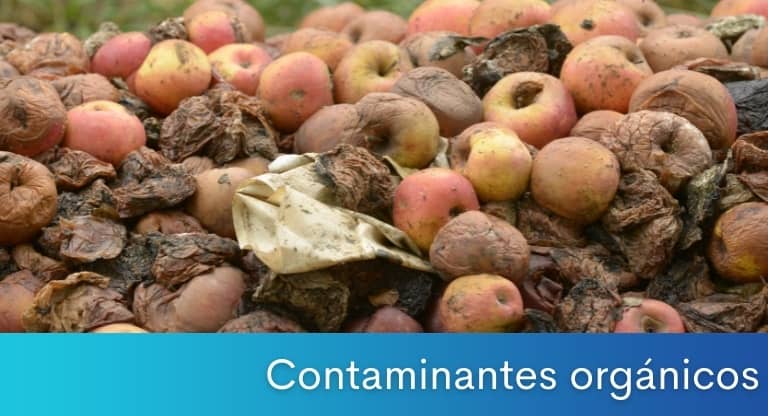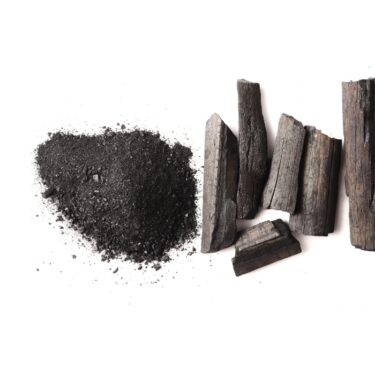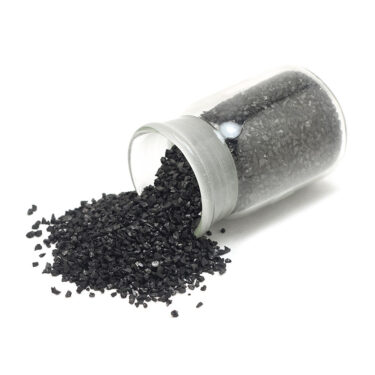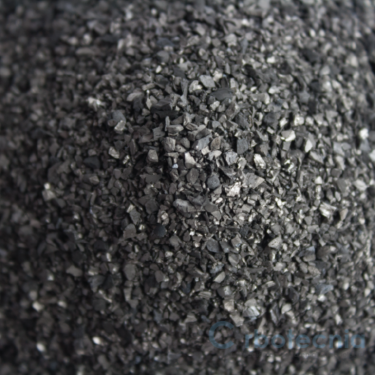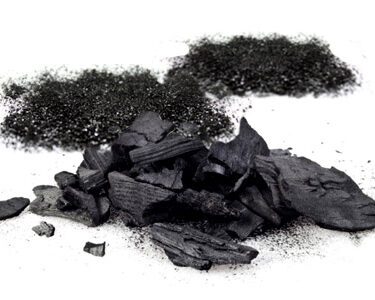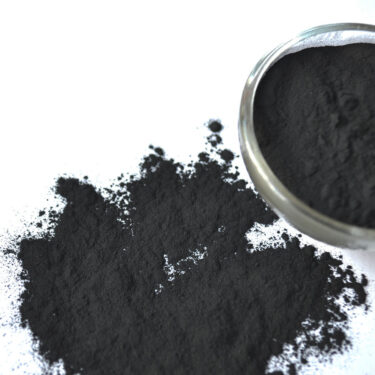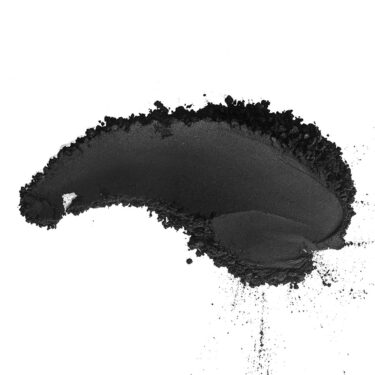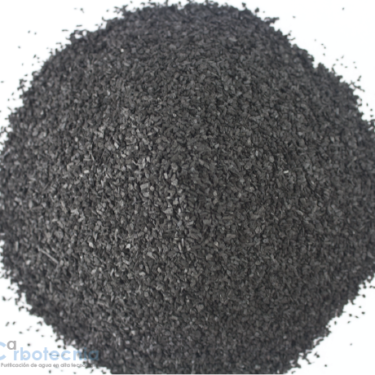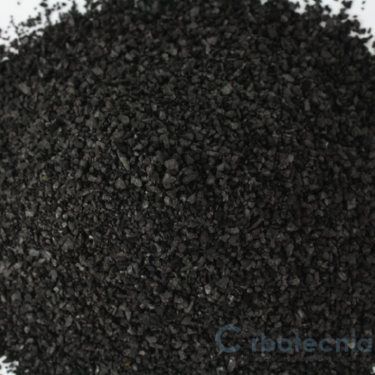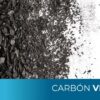What are organic contaminants?
Organic contaminants are all compounds that contain a composition and structure “CHONX”. They are highly covalent compounds such as hydrocarbons, halogenated hydrocarbons, sulfur hydrocarbons, aromatic compounds, etc.
There are natural compounds (sugars, proteins, alcohols, etc.) that are synthesized in living organisms’ cells. There are also organic compounds formed in natural chemical processes such as crude oil and coal.
Organic chemicals can also be synthesized in laboratories and chemical companies. A growing number of these synthetic organic compounds are being produced, including pesticides used in agriculture, plastics, synthetic fabrics, dyes, gasoline additives like MTBE, solvents like carbon tetrachloride, and many other chemicals. Some synthetic organic chemicals such as benzene, carbon tetrachloride, and vinyl chloride evaporate easily in the air and are grouped into the category of volatile organic chemicals (VOCs). Methyl tert-butyl ether (MTBE) is a common synthetic organic chemical used for several years as a gasoline additive.
Organic chemical elements are a broad category of substances containing carbon and hydrogen. They include pesticides, herbicides, solvents, petroleum-derived products, and many other types of compounds. Organic chemicals can be hazardous when they contaminate drinking water. The more we know about them, the better we can protect those who drink from wells and other sources of drinking water that may be contaminated by them.
How to treat water for organic matter retention?
The following table shows, according to NOM-127-SSA1-2021, the maximum permissible limits of organic compounds reported in the standard.
Organic Compound |
Value |
Units |
Treatment |
|---|---|---|---|
Phenols or phenolic compounds |
0.001 |
mg/l |
Adsorption on activated carbon or ozonation |
Pesticides: Aldrin and dieldrin (separate or combined) |
0.03 |
µg/l |
Adsorption on granular activated carbon |
Chlordane (total isomers) |
0.30 |
mg/l |
Oxidation-filtration or adsorption on activated carbon |
DDT (total isomers) |
1.00 |
mg/l |
Oxidation-filtration or adsorption on activated carbon |
Gamma-HCH (lindane) |
2.00 |
mg/l |
Oxidation-filtration or adsorption on activated carbon |
Hexachlorobenzene |
0.01 |
mg/l |
Oxidation-filtration or adsorption on activated carbon |
Heptachlor and heptachlor epoxide |
0.03 |
mg/l |
Oxidation-filtration or adsorption on activated carbon |
Methoxychlor |
20.00 |
mg/l |
Oxidation-filtration or adsorption on activated carbon |
Active substances to methylene blue (ASMB) |
0.50 |
mg/l |
Adsorption on activated carbon |
Total trihalomethanes |
0.20 |
mg/l |
Aeration or ozonation, and adsorption on activated carbon |
Total coliform organisms |
2.00 |
NMP/100 ml |
Chlorine disinfection, chlorine compounds, ozonation or ultraviolet light disinfection. |
There are compounds called “emerging” that are characterized by not being fully studied to establish a maximum permissible limit in this standard. Some examples of these compounds are pharmaceuticals, hormones, drugs of abuse, personal hygiene products, etc.
A significant advantage of these compounds when removing them from a water source is that they have a high affinity for activated carbon. This is because most of these compounds are highly covalent, and carbon efficiently absorbs this type of compound. Due to this characteristic, adsorption with activated carbon is often one of the best options for the treatment of these organic compounds.
How are organic chemicals found in water?
Organic chemicals can reach drinking water in many ways. Some are naturally occurring, others are man-made, and others can be a combination of both.
Water may contain organic chemicals from industrial, agricultural waste, by improper disposal of household products (paint and cleaning products), or even domestic animals. These organic chemicals can cause health problems for humans, depending on the type of chemical ingested. Some common symptoms are diarrhea, rashes/redness of the skin, and sore throat, allergies, to name a few.
Can organic chemicals be eliminated or treated from water?
To remove organic chemicals from drinking water, it is essential to know how they can be removed.
The two most common methods for removing organic chemicals are filtration, the use of activated carbon or, if they exceed the standards, biological methods (bacteria that eat these elements). A filter is a device that removes solid particles from the water, such as dirt, sand, and mud. Removing these particles helps reduce the amount of organic matter in the water, but it does not remove dissolved organic substances. A water treatment plant composed of filtration, activated carbon, ion exchange, and even reverse osmosis may be the best way to treat significant levels of organic matter.
The Environmental Protection Agency (EPA) coordinates an international exchange of information on how to clean contaminated waters from around the world.
How do organic pollutants affect health?
Volatile organic compounds (VOCs) are a group of organic chemical substances that easily convert to vapors or gases. VOCs are compounds with different degrees of toxicity, so most of them should be considered air pollutants that we breathe. Many of them are flammable and at certain concentrations present a risk of explosion. VOCs are related to cancer, liver and kidney damage, birth defects, and other chronic diseases.
VOCs, together with carbon, contain elements such as hydrogen, oxygen, fluorine, chlorine, bromine, sulfur, or nitrogen. The VOCs are released by burning fuels such as gasoline, wood, coal, or natural gas.
Perchlorate pollution
Perchlorate is a chemical substance that was used as aviation fuel. It can cause thyroid problems and birth defects if it accumulates in the body over time. It has been found in high concentrations in soil in many areas of the world, where it may be entering drinking water supplies at an alarming rate. The Environmental Protection Agency has recognized perchlorate pollution as a serious threat to public health, especially among children and pregnant women, but has not yet regulated this contaminant.
Bromades (BFR) in health
Brominated Flame Retardants (BFRs) are anthropogenic chemical compounds that are added to a wide variety of consumer or commercial products (computers, furniture, textiles, fiberglass, plastics, etc.) to enhance their fire resistance. These compounds are known as “Retardantes de Llama Bromados” in Spanish. Currently, there are about 20 to 25 classes of BFRs being produced. They are organobromine compounds that have an inhibitory effect on the combustion of organic materials. The brominated variety is the most commonly used in the marketing of flame retardants. They are highly effective in plastics and textiles, such as electronics, clothing, and furniture.
The problem is that these compounds, like many others, end up in the environment with the consequent risk of entering the food chain and have negative effects on human health when ingested or inhaled over time, especially during pregnancy when chemical exposure can cause congenital defects. They are also banned in Europe but continue to be used in the United States, China, and Latin America.
Pharmaceutical and Personal Care Products (PPCPs) and their relationship to water pollution.
You probably know that Pharmaceutical and Personal Care Products (PPCPs) constitute a growing category of water contaminants. You may have even heard that the problem is getting worse, but what exactly are PPCPs?
What kind of organic chemical substances make up this class of contaminants? How do they end up in drinking water? Why should we be concerned about them? To answer these questions, let’s look at some examples:
Antibiotics used to treat infections in livestock treated with antibiotics can end up in your glass when you drink milk from cows fed with those same antibiotics.
Triclosan is an antibacterial agent found in bath soaps and toothpaste. It has been shown to contribute to bacterial resistance against antibiotics for humans if it ends up in wastewater treatment plants, where it can be recovered from wastewater and then reused as part of the treatment process for drinking water supplies.
Conclusion about organic contaminants.
As we have seen, chemical contamination of drinking water is a serious problem for many communities in the United States. The EPA and its partners are working to address this issue through research into new tools for cleaning up contaminated sites, better methods for detecting these chemicals in sources of drinking water, and increased efforts to educate the public about how they can protect themselves from exposure.
Many organic chemical substances can be hazardous when they contaminate drinking water. The more we know about them, the better we can protect those who drink from wells and other sources of drinking water that may be contaminated with them.
Related articles:
Sources:
https://es.wikipedia.org/wiki/Retardantes_de_llama_bromados
If you need more information, please contact us.
Some products that may interest you
-
AA-3 Activated carbon to reduce color and flavor in tequila and other distilled spirits
Add to quote -
Micro K Coconut shell activated carbon
Add to quote -
Micro 4 LF Coconut shell activated carbon free of fines
Add to quote -
Megapol C – Wood powder activated carbon
Add to quote -
Megapol E – Wood powdered activated charcoal
Add to quote -
Micropol 4 200 – Coconut shell powdered activated carbon
Add to quote -
Mega – Wood granular activated carbon
Add to quote -
Gama L – Lignite coal mineral activated carbon
Add to quote

